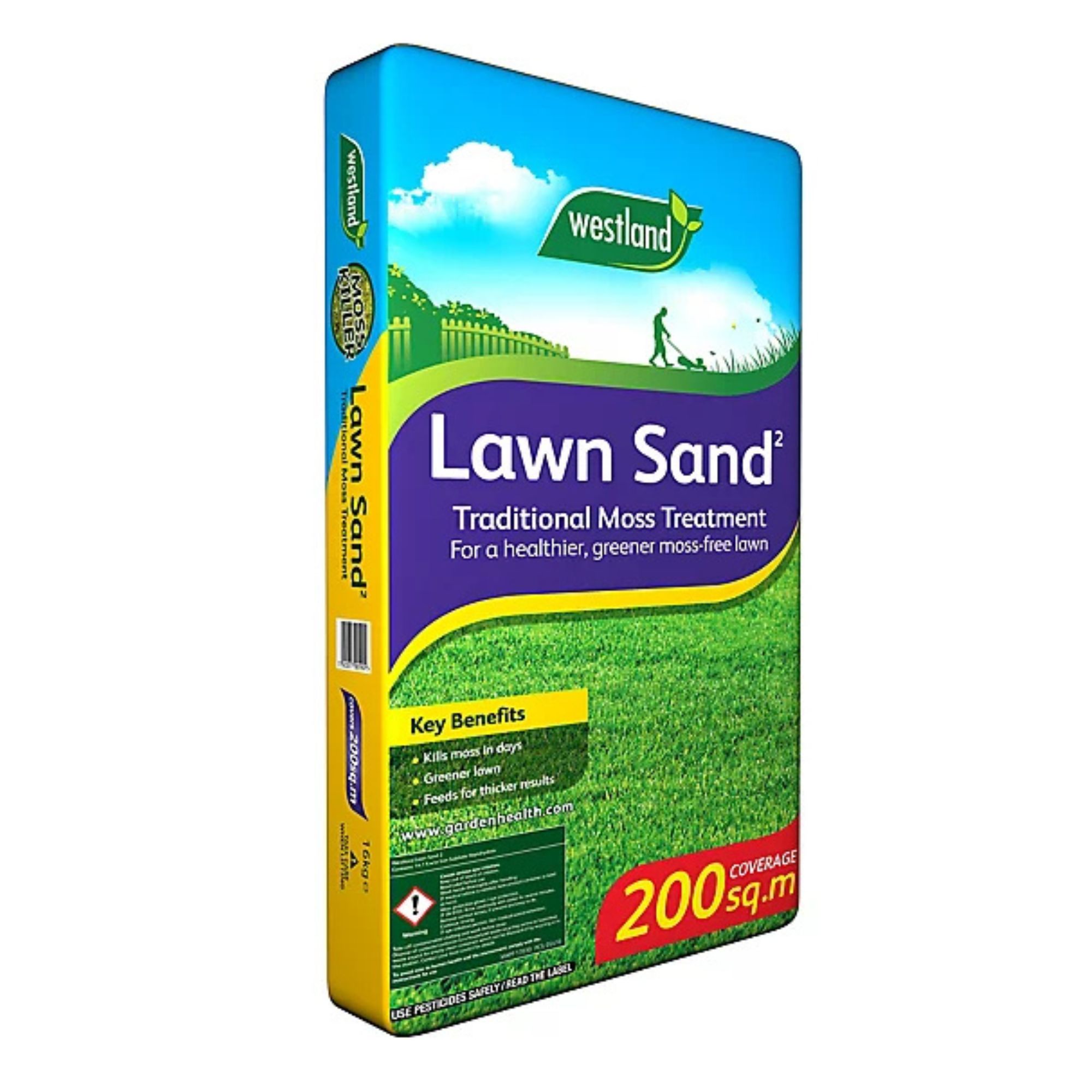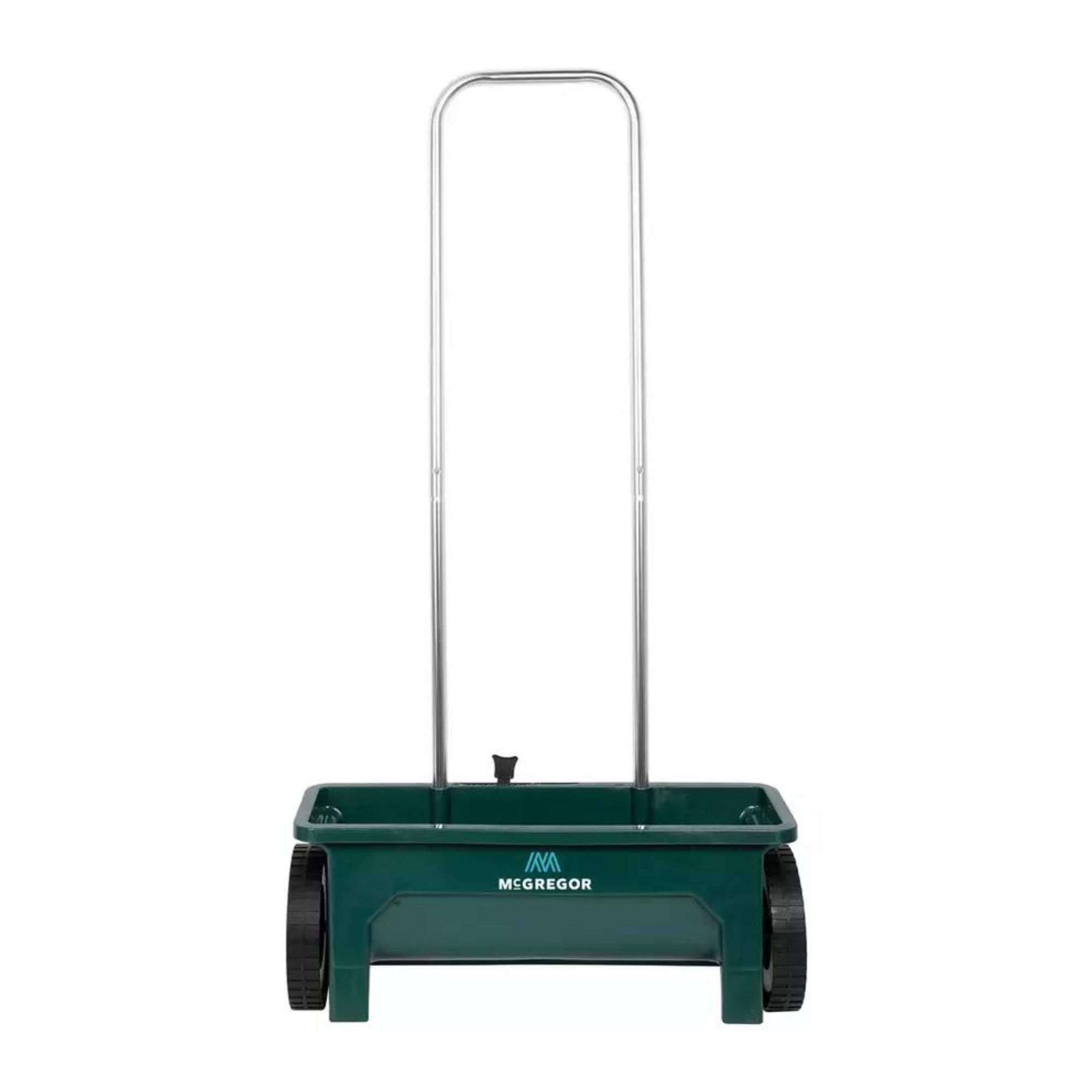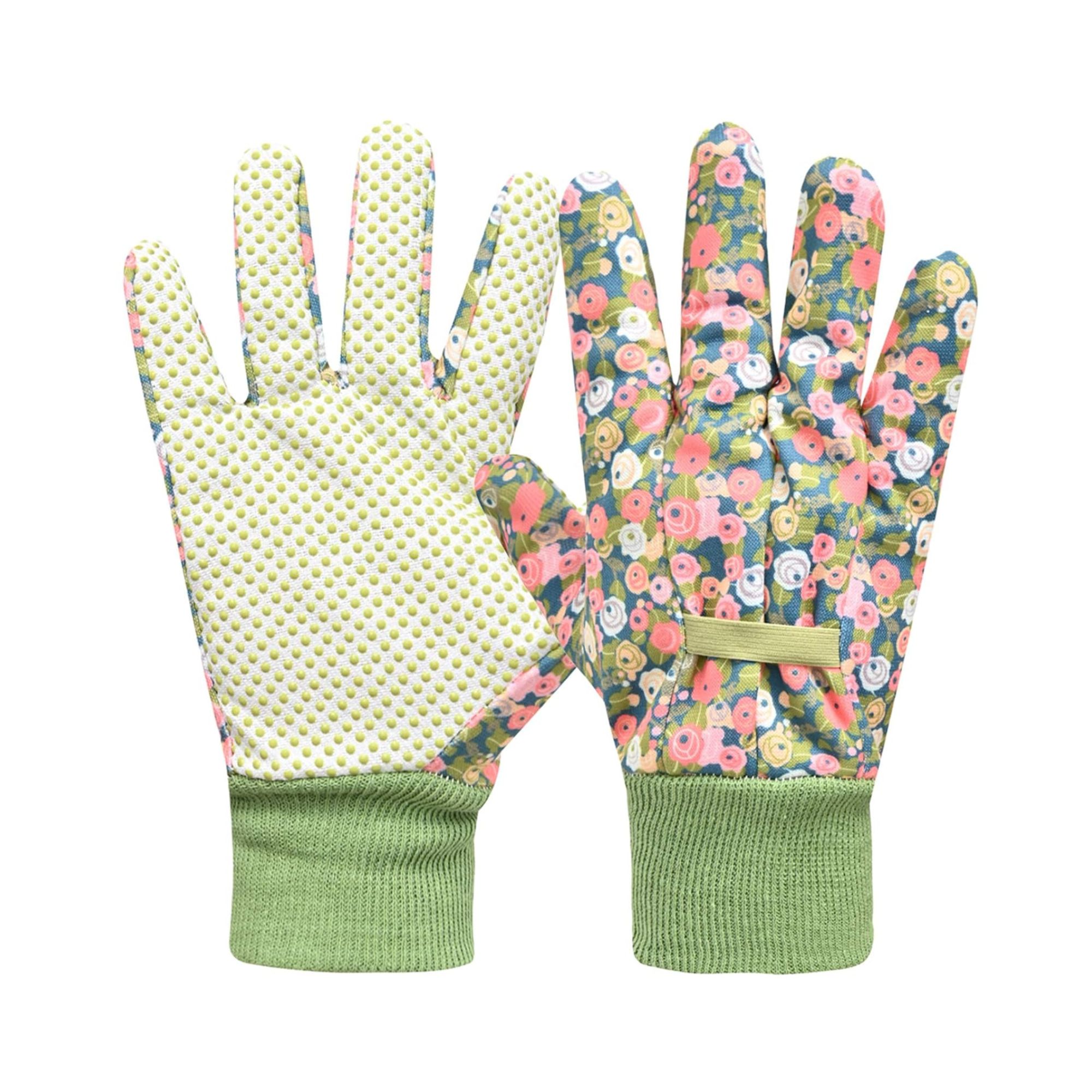When to apply lawn sand to improve drainage - experts urge gardeners to complete this task in the next few days before it’s too late
Lawn sanding can prevent moss and weed growth, and leave your grass looking greener than ever


Knowing when to apply lawn sand is key if you want to maximise its effectiveness. If you choose the right type of sand and know exactly when to apply it, you’ll be able to improve your lawn care efforts exponentially.
As Morris Hankinson, Managing Director of Hopes Grove Nurseries, explains, ‘Lawn sanding is a practice used to improve the structure of lawn soil, especially if the lawn is growing in heavy or clay soil. The sand ultimately helps with drainage, and it can also change the pH of the soil.’ All of these things will ultimately help get rid of weeds and moss in a lawn.
However, applying lawn sand at the wrong time will not only be ineffective but also damage your lawn. That’s why we’ve asked the experts for precise timings so you know the best application time and improve your lawn.
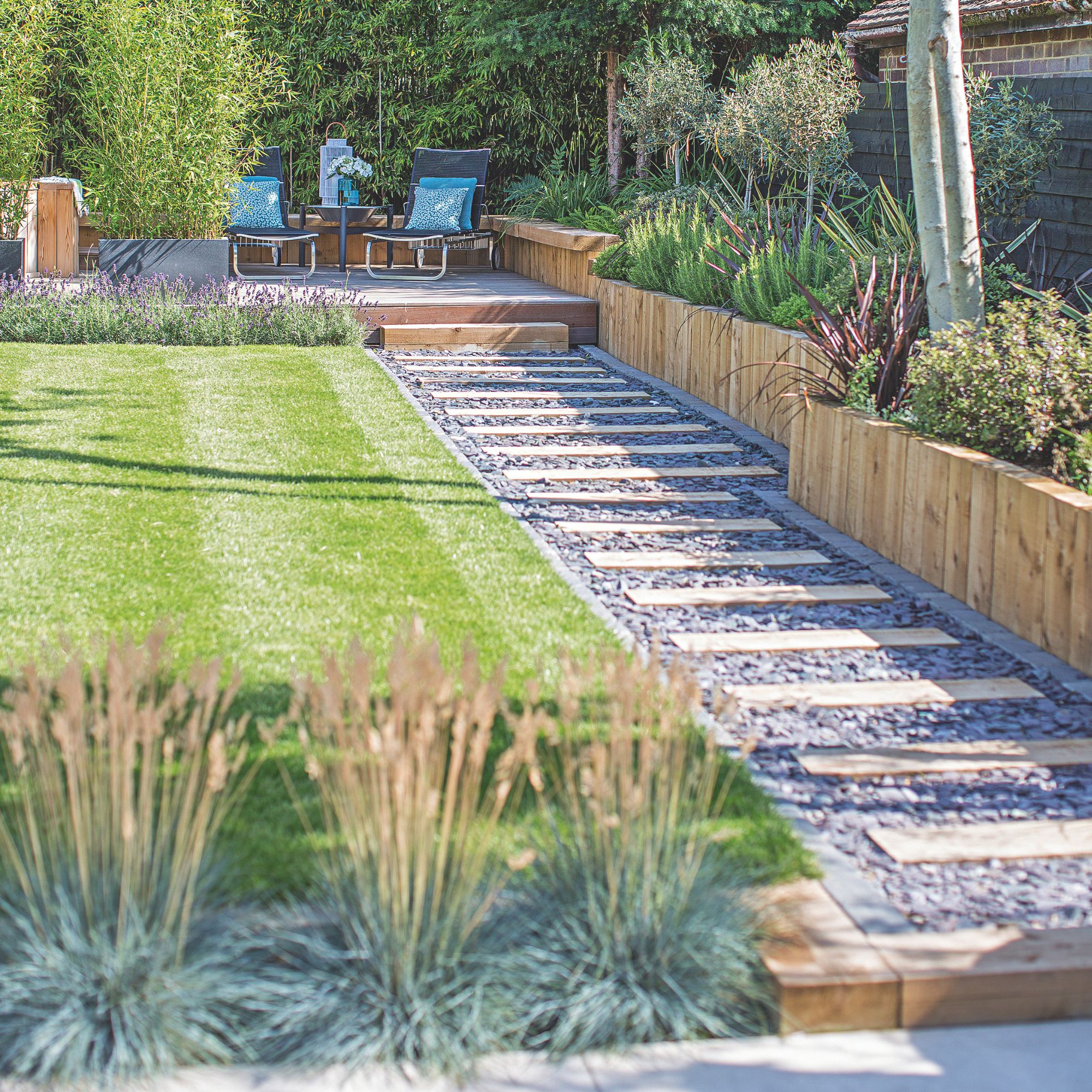
When to apply lawn sand
Just as you need to know when to fertilise your lawn, you also need to know when to apply lawn sand - and experts advise that you do this either in spring or autumn. However, autumn will offer you better results.
Chris McIlroy, lawn expert at The Grass People, explains, ‘In late autumn, cooler temperatures and moist conditions create a perfect environment for moss to thrive. Lawn sand contains iron sulfate, which suppresses moss while also improving the grass’ colour, giving a deeper green colour.’
He adds, ‘By tackling moss now, you reduce its spread over winter when grass growth is stunted, and addressing moss and supporting grass health at this stage can set the foundation for thicker and greener lawns when spring arrives.’
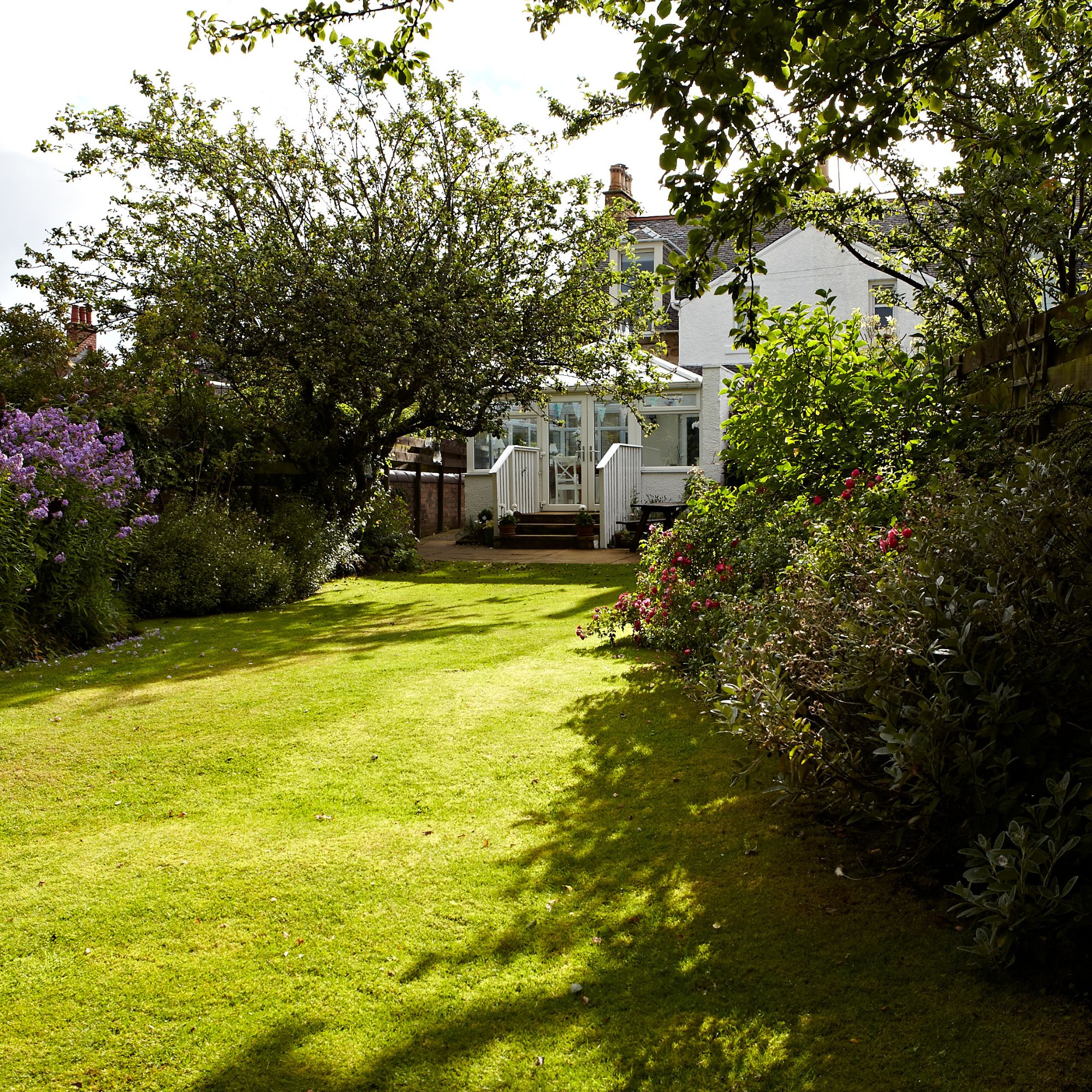
As autumn in the UK (according to the meteorological calendar) runs from 1 September to 30 November, this means that you only have a couple of days to complete this task before it’s technically too late.
Sign up to our newsletter for style inspiration, real homes, project and garden advice and shopping know-how
But if you prefer to go by the astronomical calendar in the UK, autumn runs from the 22 September to 21 December, which means you have more time to apply lawn sand in your garden - especially if the weather stays relatively mild.
So, to make the most of this lawn booster, either add this to your last-minute list of garden jobs in November or add it to the start of your list of jobs to complete in December.
But while it’s clear to see that there are countless benefits of applying sand to your lawn in autumn, there’s an art to this application process - and one wrong move could result in a serious lawn care mistake.
Chris warns, ‘Lawn sand should be used with caution as there is a risk of over-application. It can contain high concentrations of iron and ammonium sulfate, which can burn and damage grass if too much is applied.’
That’s why Morris advises to ‘spread a layer of sand over the lawn of up to 3cm absolute maximum,’ to ensure you’re not applying more than you need to.
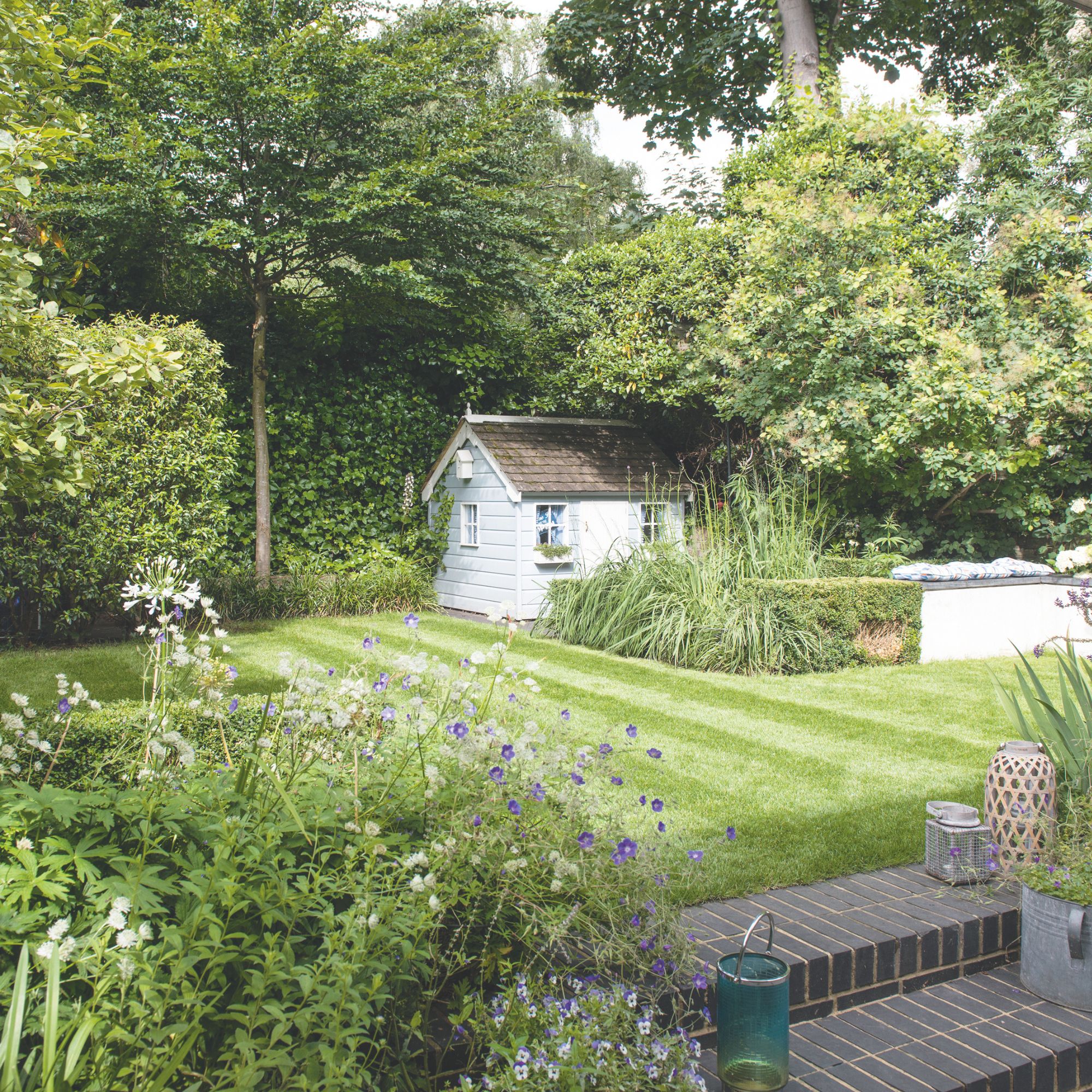
Plus, knowing the best time to apply lawn sand isn’t just about choosing the right time of year - you also need to take a look at the weather forecast before donning your gardening gloves.
As Chris explains, ‘It can also clump if applied during damp conditions, meaning some areas of grass can be stifled and die off. So you’re best applying in cool and dry conditions and following manufacturer instructions carefully.’
It’s also worth noting that you probably won’t see an immediate improvement in your lawn, and you might not even notice any changes when spring comes around. However, that doesn’t mean that your efforts were fruitless.
‘Lawn sanding can take a few years to make a big difference but persevere, and it can help if applied once or twice a year,’ explains Morris.
FAQs
Do you put sand down before or after grass seed?
This ultimately depends on what you want to gain from using lawn sand. If you want to apply lawn sand as a way to improve drainage and suppress weed and moss growth in your loss, you can put sand down before grass seed. This will offer the grass seed the stability it needs to germinate. However, you can also mix the two together if that’s easier.
Alternatively, you can put sand down after sowing grass seed if you want to improve your chances of germination, as the sand will ensure that the seed doesn’t get blown away or eaten by birds.
So, choose an option that works best for you and your lawn.
What should you do after using lawn sand?
After applying lawn sand, you should avoid the area for a few days as you want the sand to absorb into the soil. So, don’t walk over it or allow pets to do their business on the sand - and you should avoid mowing your lawn during this time too.
If it doesn’t rain at least 48 hours after application, you should water the lawn yourself to kickstart the absorption process. When you can visibly see that the sand granules have started to disappear, you can then walk over it again.

Lauren Bradbury has been the Content Editor for the House Manual section since January 2025 but worked with the team as a freelancer for a year and a half before that. She graduated with a Bachelor’s degree in English and Creative Writing from the University of Chichester in 2016. Then, she dipped her toe into the world of content writing, primarily focusing on home content. After years of agency work, she decided to take the plunge and become a full-time freelancer for online publications, including Real Homes and Ideal Home, before taking on this permanent role. Now, she spends her days searching for the best decluttering and cleaning hacks and creating handy how-to guides for homeowners and renters alike, as well as testing vacuums as part of her role as the Ideal Home Certified Expert in Training on Vacuums, having spent over 110 hours testing different vacuum models to date!
